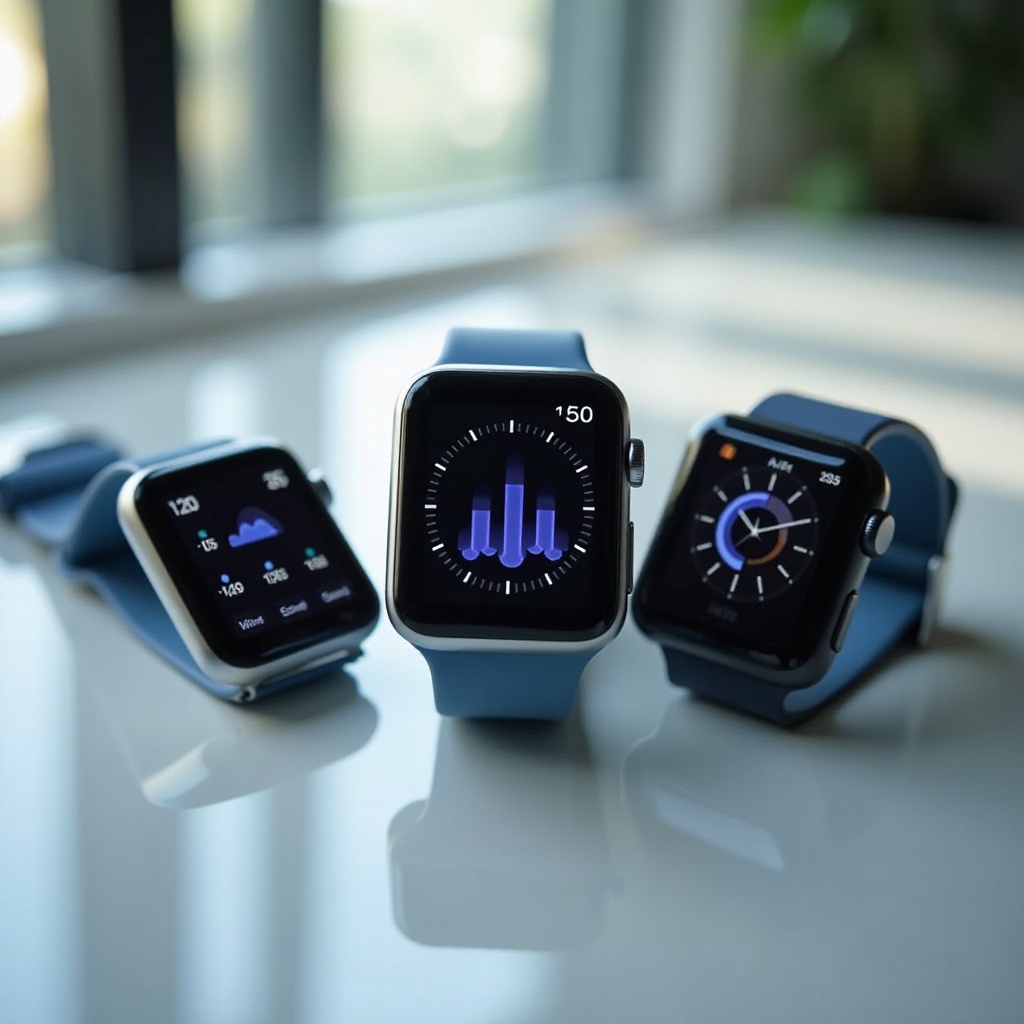
Introduction
Understanding how a smartwatch measures deep sleep can offer insight into improving your sleep quality. Smartwatches have become common wrist accessories that do more than tell the time. They track various health metrics, including sleep patterns. However, many people don’t know the mechanics behind how these devices track different stages of sleep, specifically deep sleep. This article delves into what deep sleep is, why it’s important to measure it, the technology involved, and how you can ensure your smartwatch provides the most accurate data.
What is Deep Sleep?
Deep sleep, or slow-wave sleep, is a crucial phase of the sleep cycle. It’s characterized by slow brain waves and high amplitude signals. During this stage, your body performs essential tasks such as muscle repair, tissue growth, and immune system regeneration. Unlike the Rapid Eye Movement (REM) phase, where dreaming is prevalent, deep sleep is usually dreamless. It’s vital for feeling refreshed and alert the next day.
The Importance of Measuring Deep Sleep
Measuring deep sleep is imperative because it provides insight into the restorative aspects of your sleep cycle. A lack of deep sleep can result in fatigue, impaired cognitive function, and weakened immunity. Tracking this phase can help identify issues such as insomnia or sleep apnea and encourage better sleep hygiene. By monitoring your deep sleep, you can make informed decisions about lifestyle changes to enhance overall well-being.
The Technology Behind Smartwatch Sleep Tracking
Smartwatches utilize advanced technology to track sleep patterns accurately. The following points highlight the core sensors and methods used:
Types of Sensors Utilized
- Heart Rate Sensors: These sensors monitor your heart rate variability throughout the night, identifying different sleep stages.
- Accelerometers: These measure movement and stillness, essential for distinguishing between wakefulness and various sleep phases.
- Pulse Oximeters and Respiratory Sensors: These track oxygen levels and breathing patterns, offering a holistic view of sleep quality.
How Smartwatches Measure Sleep Stages
Smartwatches combine data from various sensors to evaluate sleep stages. Here’s how they work:
Heart Rate Monitoring
During deep sleep, your heart rate slows down significantly. By constantly monitoring heart rate variability, the smartwatch can detect when you enter this phase.
Movement Detection
Using accelerometers, the smartwatch can determine periods of little to no movement, which often correlate with deep sleep. Minimal movement is a hallmark of this sleep stage.
Breathing Patterns
Deep sleep alters your breathing pattern, making it more consistent and slightly slower. Smartwatches equipped with respiratory sensors can monitor these subtle changes, adding another data layer to sleep analysis.
Factors Affecting the Accuracy of Sleep Tracking
Several factors can impact the accuracy of your smartwatch’s sleep tracking capabilities:
- Fit of the Device: A loose or tight fit can provide inaccurate readings.
- Sensor Quality: Higher-quality sensors yield more precise data.
- Sleep Environment: External factors like temperature and noise levels can influence the readings.
Comparing Popular Smartwatches
Different brands of smartwatches have varying levels of accuracy and features when it comes to sleep tracking. Here’s a brief comparison of some popular options:
- Apple Watch: Offers heart rate monitoring and accelerometer data; does not track sleep stages as accurately as some competitors.
- Fitbit: Known for its accuracy in sleep stage tracking, including deep sleep. Utilizes heart rate, movement, and breathing pattern sensors.
- Garmin: Highly praised for its comprehensive health metrics, including detailed sleep stage analysis.
- Samsung Galaxy Watch: Combines multiple sensors to give a detailed report, but may not always provide precise deep sleep tracking compared to specialized devices like Fitbit.

How to Ensure Accurate Sleep Tracking
To ensure your smartwatch provides the most accurate sleep data:
- Wear it snugly: Make sure it isn’t too tight or too loose.
- Sync regularly: Keep the software updated for the latest features and bug fixes.
- Consistent environment: Try to sleep in a consistent environment free of disturbances.
Conclusion
Understanding how your smartwatch measures deep sleep can offer valuable insights for improving sleep hygiene and overall health. By knowing what deep sleep is, why it’s important, and how technology facilitates sleep tracking, you can utilize your smartwatch more effectively. For best results, follow all guidelines to maximize accuracy and gain meaningful insights from your sleep data.
Frequently Asked Questions
How reliable are smartwatches for measuring deep sleep?
Smartwatches are reasonably reliable for measuring deep sleep, though not as precise as clinical devices. The technology continues to improve, but always consider additional factors and inputs for an accurate picture.
Can my smartwatch differentiate between REM and deep sleep?
Yes, most advanced smartwatches can differentiate between REM and deep sleep stages. They use heart rate variability, movement, and breathing patterns to distinguish each phase accurately.
What should I do if my smartwatch gives inconsistent sleep data?
If your smartwatch provides inconsistent sleep data, check for regular software updates, ensure it fits snugly, and maintain a consistent sleep environment. If issues persist, consult the user manual or reach out to customer support.
